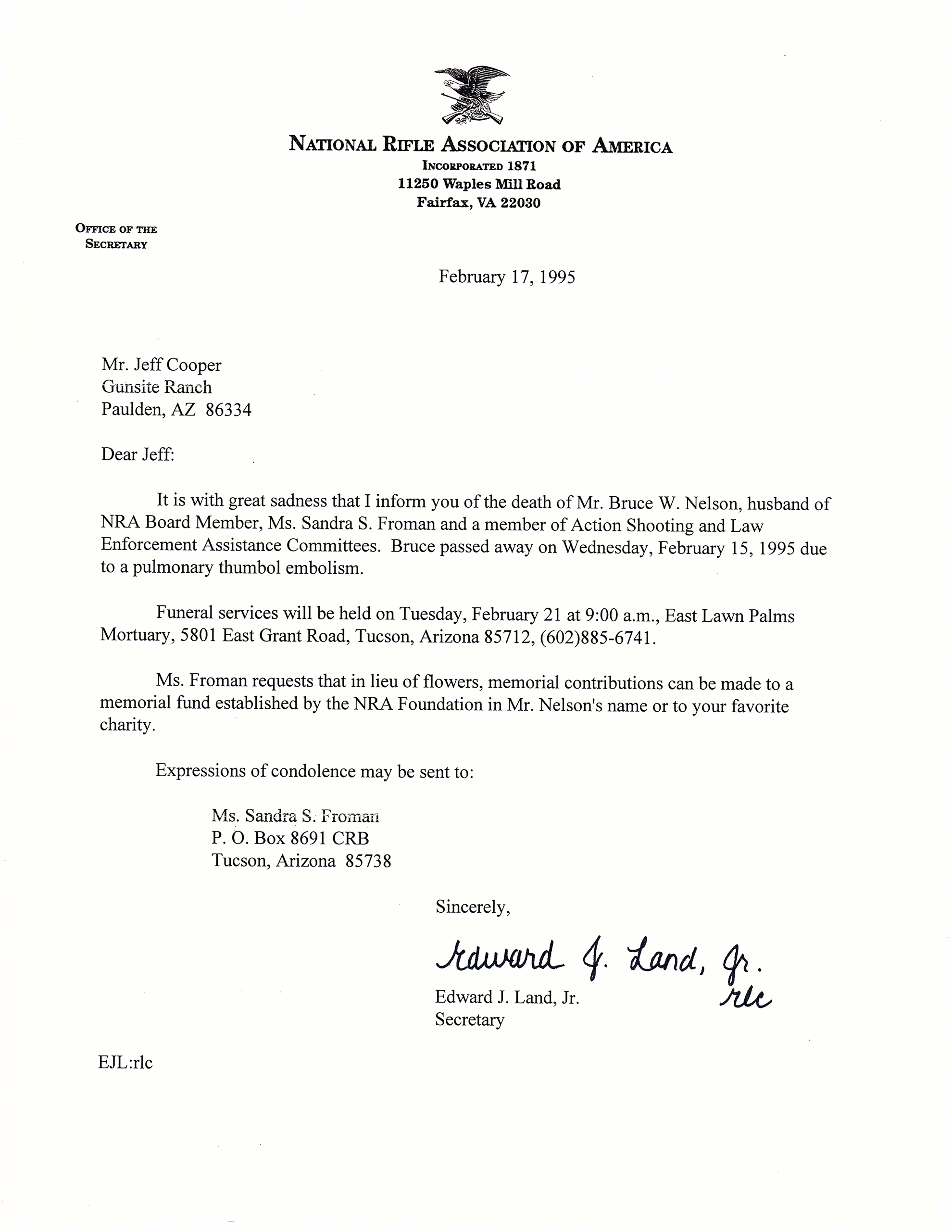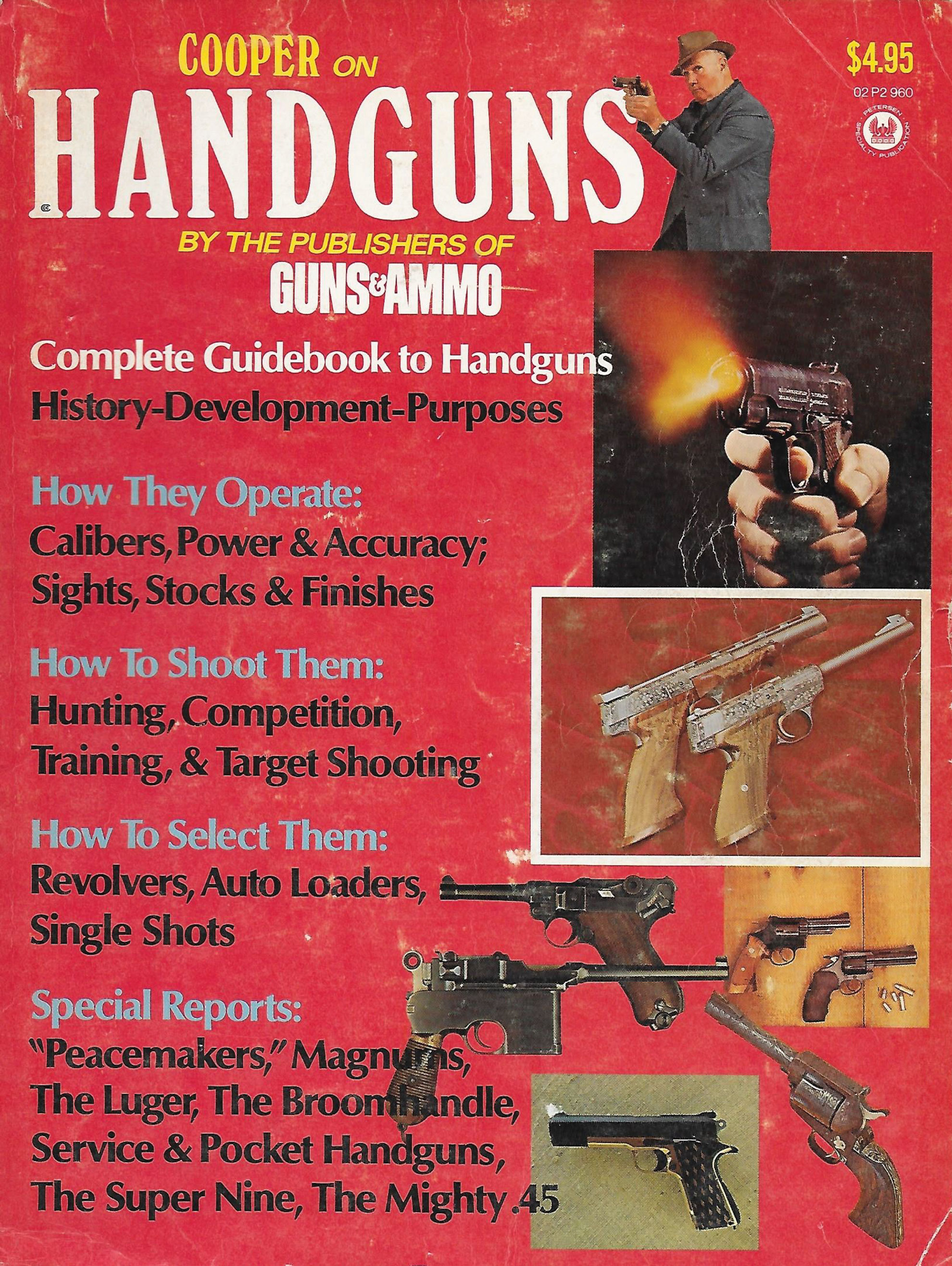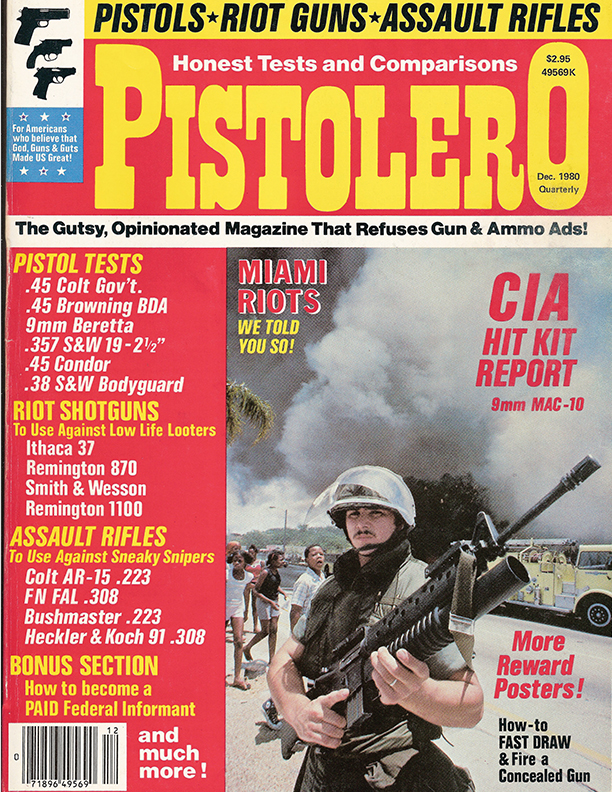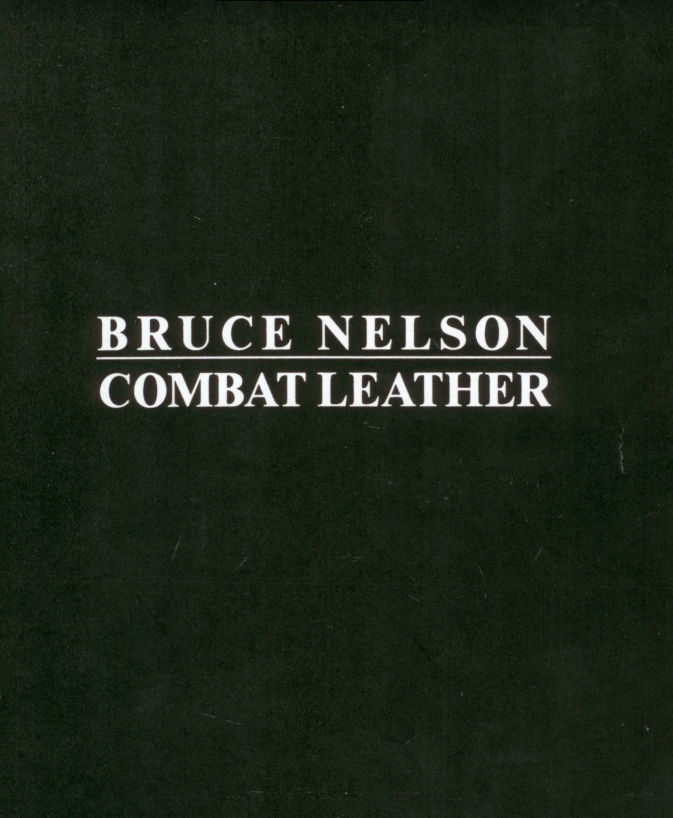

National Rifle Association
It is essential that all those who value the freedom the Second
Amendment guarantees be members of the National Rifle
Association and contribute regularly to the Institute for
Legislative Action. Preservation of your rights also demands
ongoing communication with your legislators and action to elect
those who will uphold ownership and use of firearms for lawful
purposes of all kinds.
Firearms Magazines: Registration, Transfer and Taxation under Senate Bill 1225
by Bruce W. Nelson
What is a magazine?
it is a simple metal or plastic box with a metal plate called a
follower, and a spring. Magazines are a type of ammunition feed
system for a firearm. Even if you believe that a firearm, or any
inanimate object can "do harm," a magazine by itself can do no
harm at all. Firearms owners normally have from ten to several
hundred magazines for the firearms they own. Magazines must be
replaced periodically, as they are easily damaged and wear out.
Many are defective when first purchased. Some are designed to be
expendable. They sell for $2.00 to $100.00. Some feed systems
categorized as magazines sell for one cent to ten cents a piece.
In the case of these types of systems, it may be necessary to
own several thousand pieces in order to use the firearm.
Magazines are used in many of the firearms used for competition
and most used for defensive purposes. A large number of
collectors collect military firearms which use magazines.
Senate Bill 1225 would require registration of all
magazines with a capacity of greater than 15 rounds. A tax of
$25.00 per magazine would be imposed for registration/transfer.
New importation, manufacture and sale of magazines would be
banned. Existing magazines would require that each one be serial
numbered.
While firearms owners have reacted to past
firearms regulation attempts with great opposition, the attempt
to regulate magazines is being met with utter disbelief. Anyone
with any knowledge of firearms and their magazines instantly
recognizes this scheme as the most illconceived disaster ever
proposed. A disaster not just for firearms owners but for the
criminal justice system, the federal government and the public
at large.
To begin with, there could easily be
between 200 million and 400 million magazines of greater than 15
round capacity in the United States. Currently an understaffed
National Firearm Act Branch of the Bureau of Alcohol, Tobacco
and Firearms has all they can do to handle the registration,
taxation and transfer of a mere 200,000 to 300,000 automatic
firearms. One can only imagine the staffing requirements which
magazine registration would entail. One can also speculate as to
how the Drug Enforcement Administration might better use those
same resources to directly pursue the persons responsible for
criminal violence.
This would only be the beginning
of the law enforcement resource drain. A close look at the
Federal Court system reveals that a prioritization system for
case acceptance already in place would surely place possession
of unregistered magazines at the bottom of the list. Would
anyone arrested for an unregistered magazine who was a drug
dealer suffer a significant penalty for violating the magazine
law? Probably not. Consider the case of a drug dealer arrested
for drugs, a firearm, and unregistered magazines. Why would the
magazines make any difference when the dealer was already under
arrest for a major felony? It clearly would not. The drug charge
alone would provide for the maximum possible sentence. Would
registration keep a magazine out of criminal hands? With the
enormous number of magazines in the United States and worldwide,
the answer is a very clear no.
Let us consider who
would be arrested for unregistered magazines. Because the
lawabiding public owns the overwhelming majority of magazines,
it is likely the public would compose the vast majority of those
arrested. How would this happen if everyone registered their
magazines according to the law? In ways too numerous to mention.
Mistakes made on serial numbers by BATF or by the person
applying the number to the magazine; registration forms
lost magazines mistakenly not registered because the owner
forgot he had the magazine, in some cases because he no longer
owned the firearm for it; BATF mix-ups because two people in the
country applied the same serial number to two different
magazines.
Cooper on Handguns 1974
By the Publishers of Guns & Ammo
A target pistol needs no holster; neither does a pocket pistol
in every case. However, with the other types, the holster is as
much a part of the weapon system as the sights or the stocks.
The service pistol, in particular, should be mated to the best
possible holster, because for much of the time, the service
pistol begins its firing stroke in the leather.
Holster design is, at this time, an unsolved
problem. We have evolved the best pistols, and the best ways to
operate them, but we still do not know the best way to carry
them. This is due to a philosophical error that occurred at the
very inception of organized combat pistol competition.
We specified that both weapon and holster were to be
unrestricted, except that they be "safe and serviceable.” As
with the writers of the U.S. Constitution, we thought our
words were quite plain and specific, when actually they were
subject to a rather wide latitude in interpretation. So what
evolved was the competition holster, or "speed rig” - a
superlative solution to a specific problem, but not a practical
piece of equipment.
When I told Andy Anderson, the
dean of holster makers, that we did not really know how to carry
a pistol, he was indignant. "Of course we do!" he said, "Just
tell me what you want it for and I'll build you the best rig for
the job." Exactly.
Pistols+Riot Guns - Assault Rifles
Draw & Fire
Concealed Gun Pistolero
Article By Bruce Nelson - 12/1980
The pistol is a unique tool. Just like a life jacket,
safety belt, first jid kit, roll bar or face mask, it is awfully
nice to have at the right time. Strangely enough, however, there
is a misguided notion that. excopt in in. stances of somo
specific, provabla need, it is not a good idea to have one
around!
This is a little like saying that you should only take
along the life jacket when you know the bost is go ing to sink.
Who goes out in a boat they know is going to sink? We like to
think that a little defensive forethough: is sensible, and we
hope to furnish you with a litate information which will make
the use of the pistol 3 successful experience if the need for
such is ever your fate.
Bruce Nelson Catalog
The most important thing you should know about Bruce Nelson is that his holster designing and building is the product of many years in law enforcement and competitive practical shooting.
During his law enforcement career, Bruce was a Uniform Patrol Officer, Detective and Undercover Agent. He investigated felony crimes Of all kinds and spent many years in narcotics investigation with the California Department Of Justice, Bureau Of Narcotic EnforcemenL During this time he supervised a team of Narcotic Agents and served as Bureau Commander of the Napa County, Califomia, Special Investigation Bureau.



